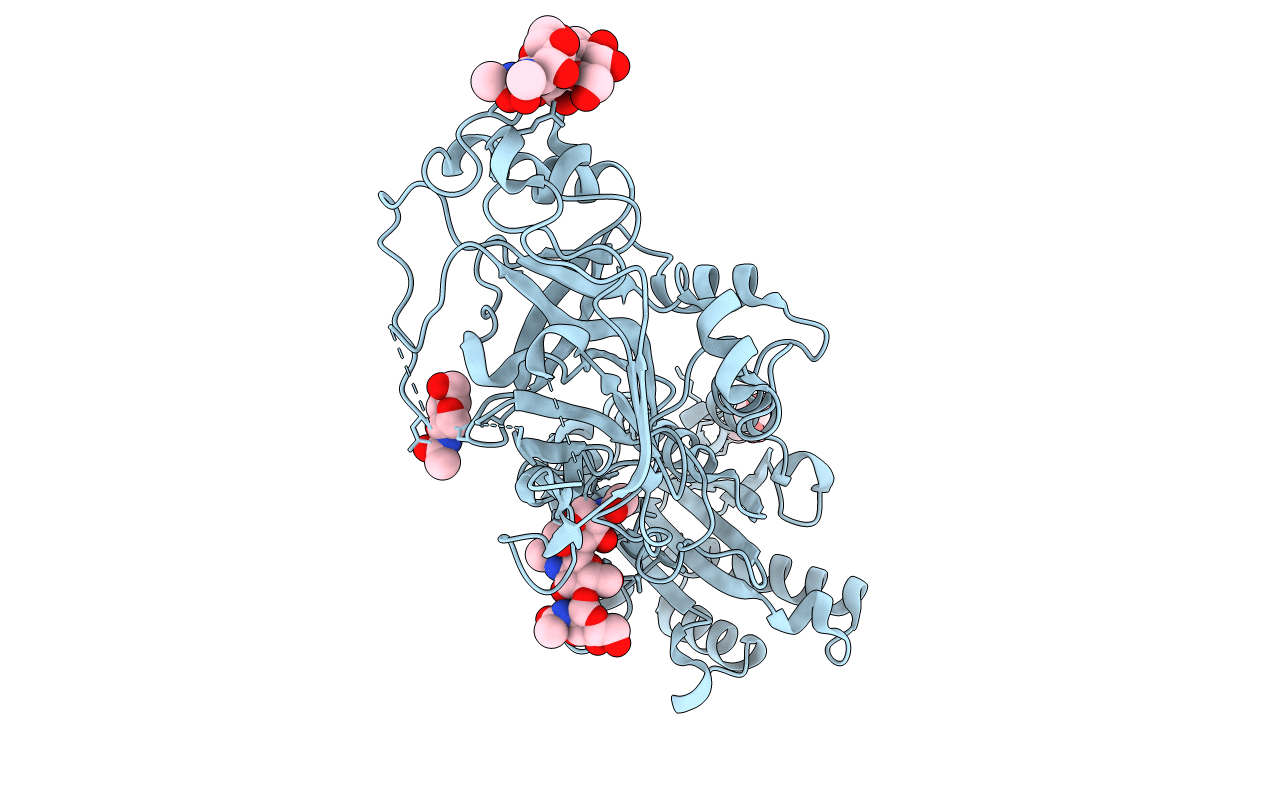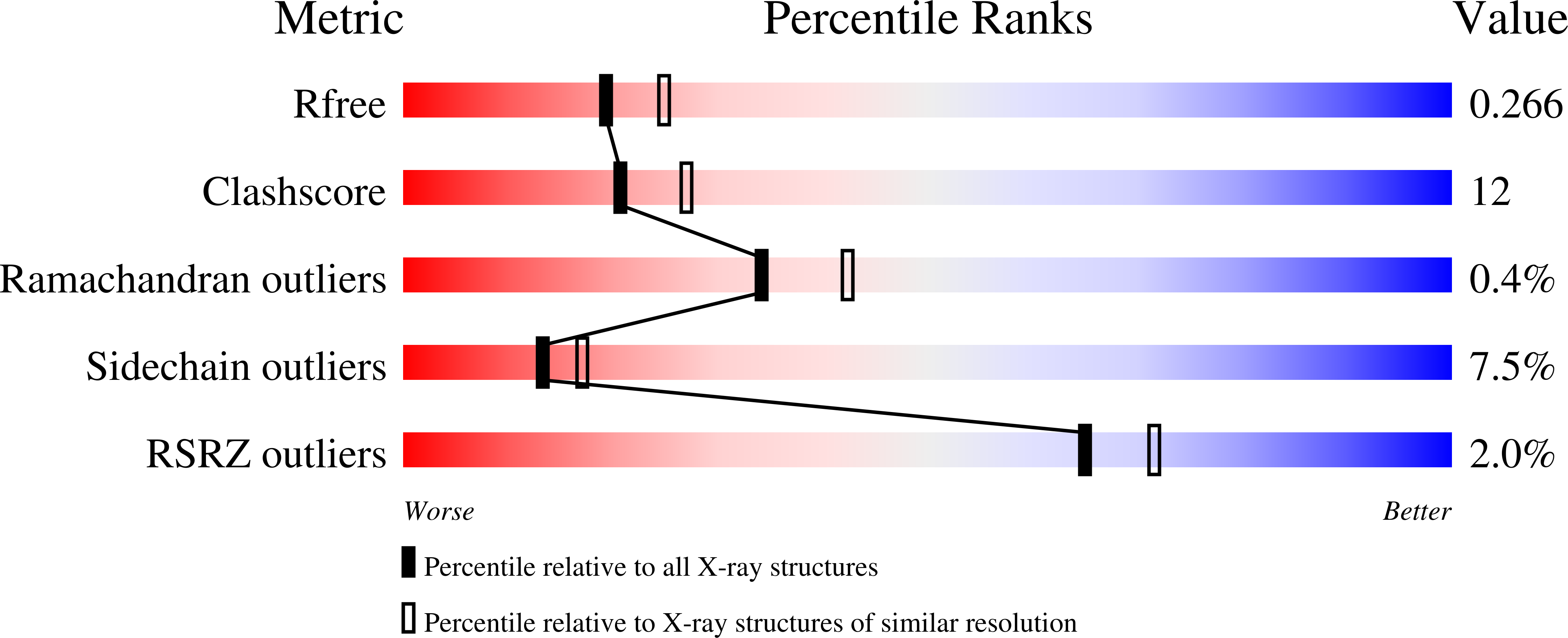
Deposition Date
2006-12-25
Release Date
2007-02-06
Last Version Date
2024-11-20
Entry Detail
PDB ID:
2ODQ
Keywords:
Title:
Complement component C2a, the catalytic fragment of C3- and C5-convertase of human complement
Biological Source:
Source Organism:
Homo sapiens (Taxon ID: 9606)
Host Organism:
Method Details:
Experimental Method:
Resolution:
2.30 Å
R-Value Free:
0.27
R-Value Work:
0.21
R-Value Observed:
0.21
Space Group:
P 1 21 1


